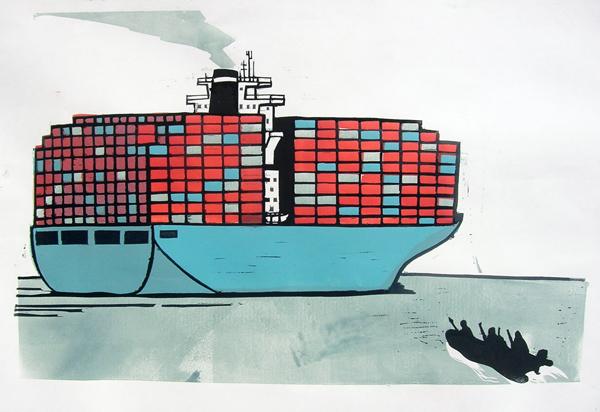Cultural Studies Association’s Environment, Space & Place Working Group Co-Chair Richard Simpson discusses the local, global, and transnational impact of cruise ships and the cruise ship industry with Constance Dijkstra, International Maritime Organization (IMO) policy manager for the advocacy group T & E, Karla Hart, co-founder of the Global Cruise Activist Network, and Luc Renaud, Associate Professor at the Department of Urban and Tourism Studies at the University of Quebec in Montreal. This podcast is accompanied by a scholarly commentary by Francesca Savoldi.
Keyword: energy
Infrastructures of Transiency: On Cruise Ships
Learning with Infrastructures of Transiency: On Cruise Ships By Francesca Savoldi This episode elaborates critical perspectives on the social and spatial phenomenon of “cruise ship cities,” defined by Dr. Richard Simpson as a new urban dynamic where the accumulation of spatial strategies are shaped by disproportionate tourism in which tourists outnumber residents.1 The sense of…
Response to Caroline West’s “From Company Town to Post-Industrial: Inquiry on the Redistribution of Space and Capital with a Universal Basic Income”
This reply critically analyzes the concept of “solidarity” in Caroline West’s account of the role that a Universal Basic Income (UBI) could play in Central Appalachian re-development. I argue that a robust structural form of “solidarity” would necessarily play an essential role in formulating a political bloc capable of implementing an ambitious project like a UBI. In addition to this implicit role of a structural form of solidarity that can connect various communities and constituencies together into a powerful political bloc, Caroline West also articulates an important role for highly local forms of community and solidarity in this region’s transformation. Given the two distinct ways that “solidarity” functions in her account, I raise questions about how the formal features of a UBI relate to both its local and more structural forms.

